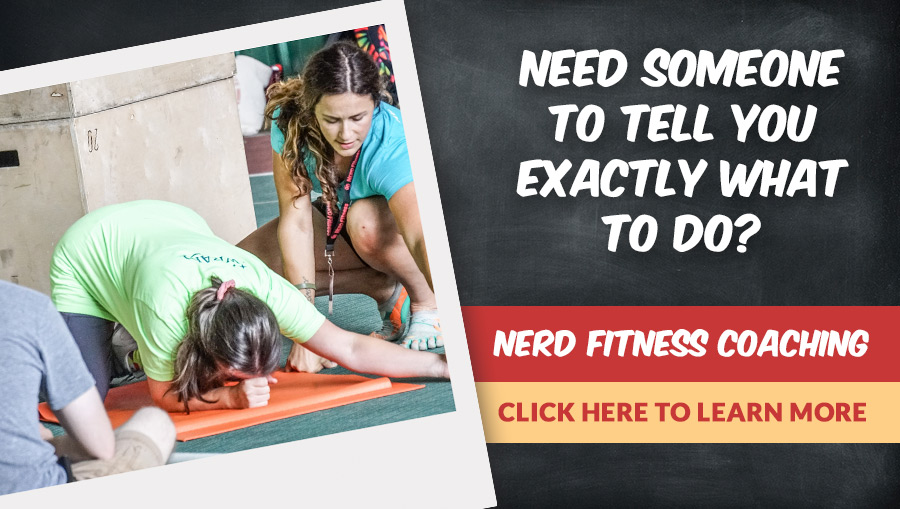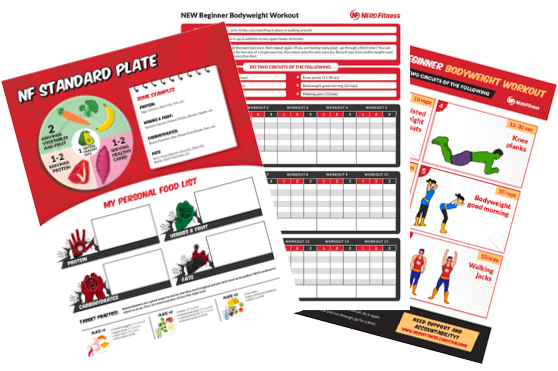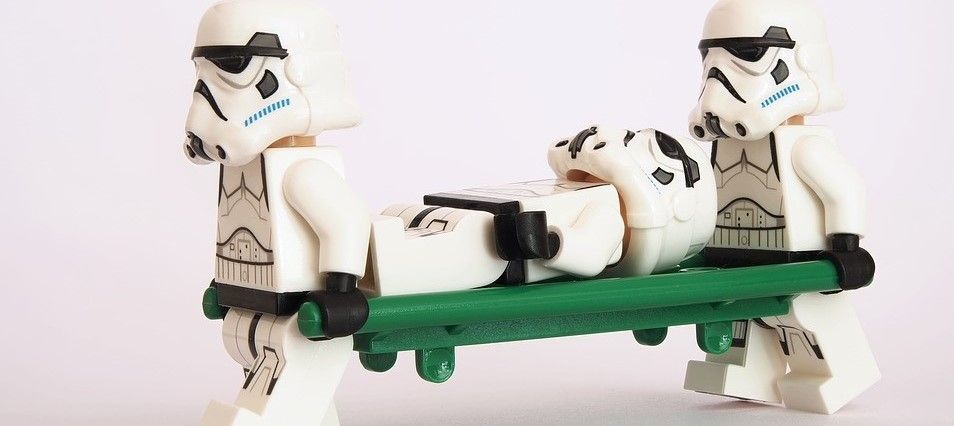
What’s DOMS?
That’s easy – DOMS stands for Delayed Onset Muscle Soreness.
How do you relieve DOMS?
That…gets a bit trickier.
Luckily, you’re in the right spot. We help clients in our Online Coaching Program deal with sore muscles by practicing “active recovery,” and today we’ll share with you the goods too.
Here’s what we’ll cover:
- What is DOMS? (What causes muscles to be sore?)
- Is DOMS a good sign? (Should I be sore after I work out?)
- How do you treat DOMS? (How do I get rid of sore muscles?)
- Can you prevent DOMS? (Next steps)
I can see that you’re in a lot of pain (tough workout, eh?), so let’s get right to it.
What is DOMS? (What Causes Muscles to Be Sore?)
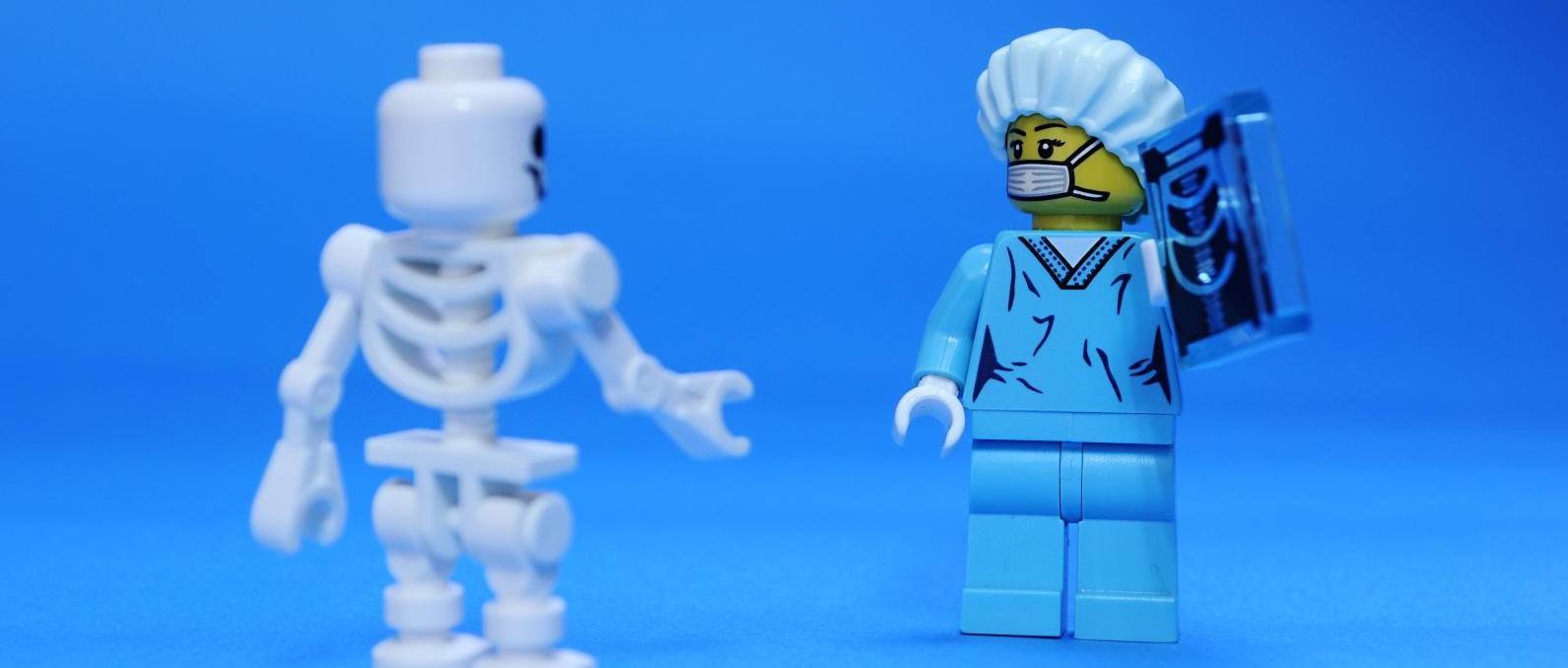
Although you’re probably already familiar, you’ve never been formally introduced to DOMS (Delayed Onset Muscle Soreness).
First of all, don’t panic. DOMS is totally natural, and you’re going to be fine. Great, even!
In short, DOMS is a result of teeny tiny tears in your muscles from really strenuous activity, meaning you did things that your body is not normally used to.[1]
If you’re brand new to working out or have taken a few weeks off only to jump back in at a high level of stress (heavy squats after a few weeks off), think of DOMS like your muscles saying: in exchange for the recovery I have to do, I’m gonna make YOU feel it.
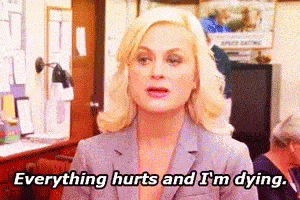
Don’t panic, this process is TOTALLY normal.
It tends to peak around 48 hours after training, but can occur anytime after your training day (hence the “Delayed” part of DOMS).
Note: this should definitely feel like a soreness (even a painful or deep soreness is okay), but sharp pain or severe pain is something you should speak to your doctor about.
So, think of our friend DOMS like an obnoxious friend complaining:
“Whoa whoa whoa, I didn’t sign up for this much activity. You just did a lot of things I’m not used to. So I’m going to piss you off tomorrow and make you super sore. And the day after that? It’s going to be WORSE.”
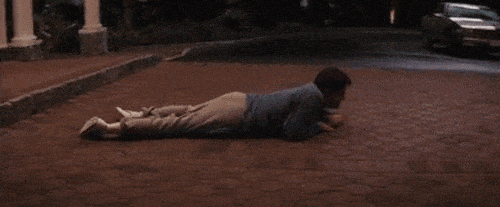
Of note, DOMS isn’t the pain you feel during the exercise. That’s “acute soreness.”[2]
Think of it this way:
- Delayed Onset Muscle Soreness: develops 12-24 hours after the exercise, typically hitting the highest pain level 24-72 hours later. Again, caused my muscle tear.
- Acute Muscle Soreness: this is the “burn” often experienced during intense workouts, and is caused by the buildup of lactic acid.[3] This pain normally dissipates shortly after you stop the exercise, but might continue for a few hours.
Whether it’s “acute” or “delayed,” the pain from working out will lead us to some questions.
Is DOMS a Good Sign? (Should I Be Sore After I Work Out?)
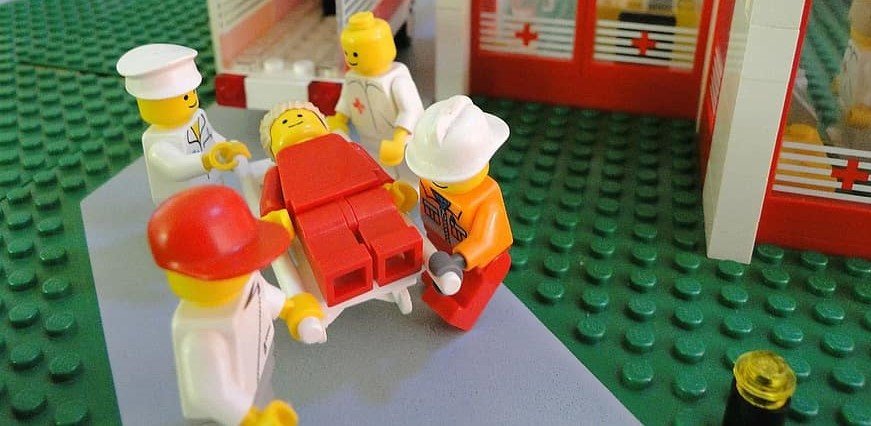
Now you’re thinking, “I read on a motivational poster once “No Pain, No Gain!” … is that true?”
Yeah, those things really are everywhere:
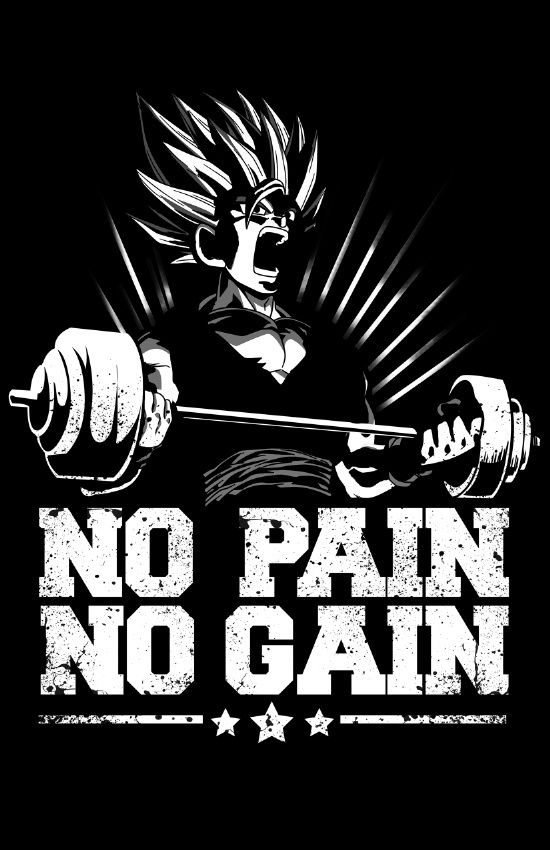
Although admittedly, this is awesome.
What you’re really asking:
- Is this muscle soreness good for me?
- Does that mean it’s working?
- What about TOO much soreness?
When you exercise (especially strength training), you’re breaking down your muscles, and over the next few days they are rebuilding themselves up stronger.
But if you are SUPPOSED to break down your muscles, then soreness is good. And if SOME soreness is good, then DOMS should be your new best friend because it means it’s REALLY working, right?
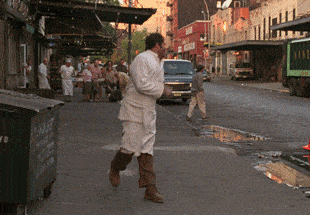
Worth it?
Maybe.
THE TRUTH: Yes, being sore after a workout CAN be a sign that you adequately pushed your muscles hard to elicit a response from them – especially if you haven’t worked out that intensively in a while.
However, when reviewing studies, DOMS doesn’t precisely correlate with intense exercise or muscle damage.[4] That’s because your body can send signals to grow muscle without any significant soreness.[5]
Plus, your muscles will get accustomed to the exercises you do, which will reduce further DOMS.[6]
This means that once you get used to this level of training, DOMS will go away and you can make huge progress in your training without this soreness. Yes, even if you gradually increase the intensity.

In other words:
Don’t think that you need to be sore in order to get a good workout. DOMS goes away quickly and most of your progress will come without DOMS.
Also, DOMS isn’t without consequences to your training. You might feel so sore and stiff and tight that you don’t think you could possibly work out today (even though it’s a scheduled workout day).
So, some soreness is good, but don’t go searching to destroy yourself in a single session. We’re after real, long term progress, remember?
That’s why we subscribe to eight-time Mr. Olympia Lee Haney’s motto: “stimulate, not annihilate” method of training at Nerd Fitness. I don’t want you puking, I don’t want you so sore you can’t move, I don’t want you so tired at the end of a workout that you just want to lie down on a mat and die.
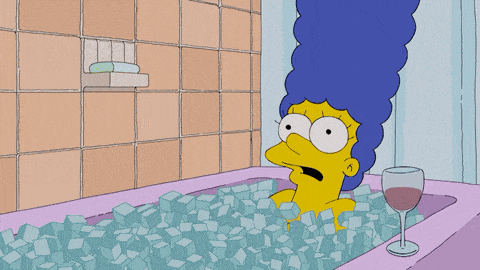
Yup, it’s tough to find that balance, especially if you’re brand new to training and have no idea what level of soreness you should feel. Most people first feel DOMS and think something is wrong, when in fact that level of soreness is totally normal.
Don’t be afraid to take a trial and error, self-experimentation mindset!
Of course, if you’re sitting there right now with T-Rex arms and leg muscles so sore you’re like Tin Man, you’re probably thinking the following:
Luckily, the next section is for you.
Real quick…
Want more guidance on strength training TODAY? If you do, we’re experts, so you’re in the right hands.
Download our free guide, Strength Training 101: Everything You Need to Know! Get it free when you sign up for our email list in the box below.
How Do You Treat DOMS? (How Do I Get Rid of Sore Muscles)
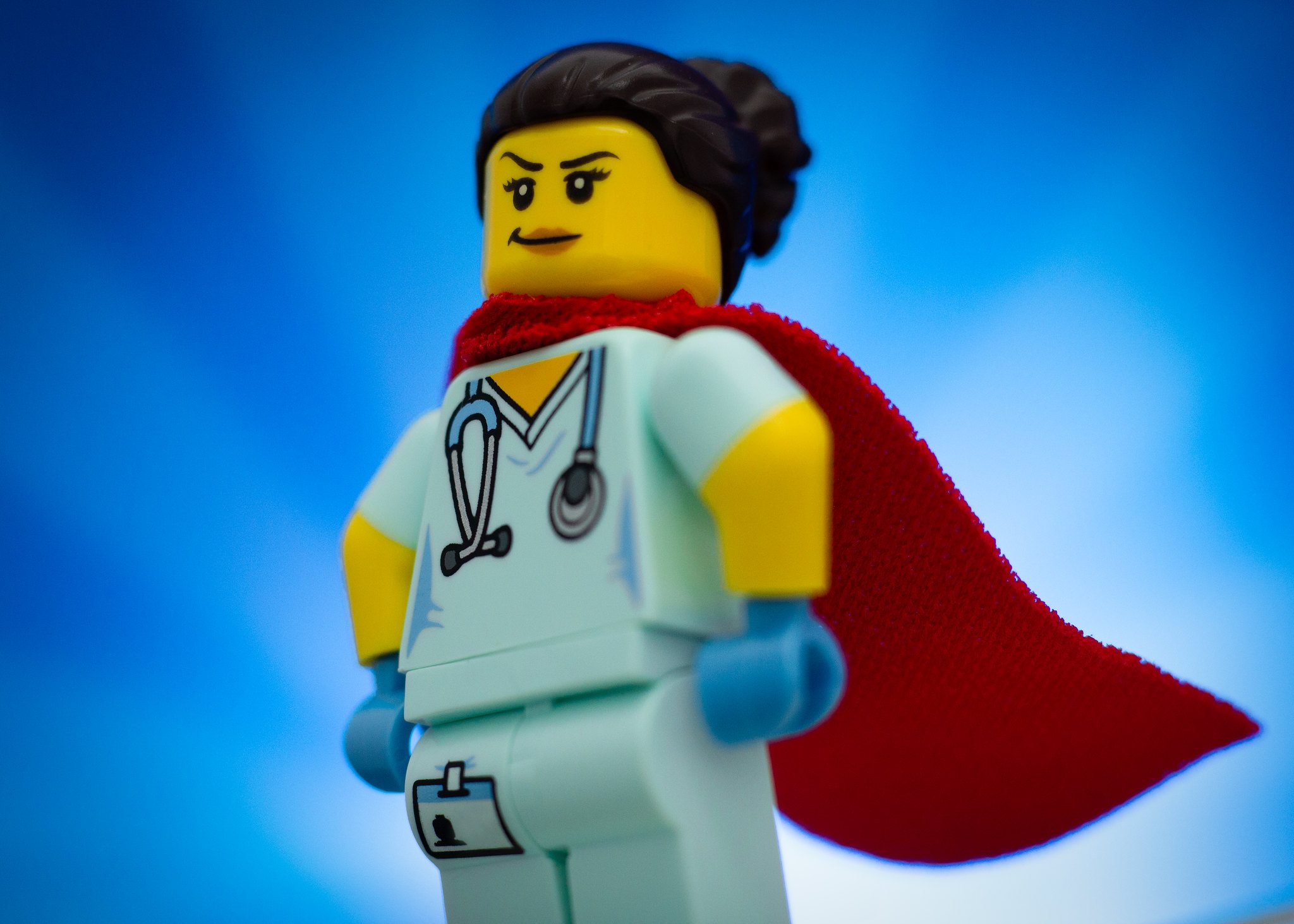
So you’ve met DOMS, and whether it’s been 24 or 48 or 72 hours, he’s pretty much immobilized you.
Luckily, there are a few things you can do right now that may offer relief.
To help alleviate DOMS and sore muscles:
#1) Engage and move your muscles. It may seem counterintuitive, but trust me:
You’re going to do your workout as scheduled. If it’s the day after the workout, you’re going to do some light activity or “active recovery.”
You see, when you exercise, you’re increasing blood flow to your muscles. By putting your body through the motions, you’re actually speeding up your recovery.
No, this will not cause further damage to your muscles. In fact, this is the best possible way to improve the soreness you’re currently feeling.[7]
Yes, it’s going to suck for the first few repetitions, but each repetition is exercising those sore muscles, stretching them back out, and making them less sore. Think of it like you’re showing your muscles there’s really nothing to be afraid of.
Movement is the best cure for soreness.
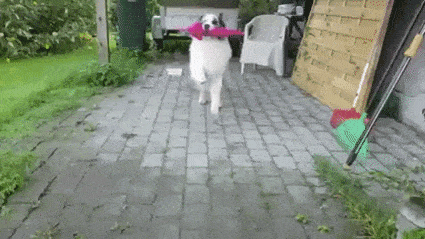
That’s why if you’re feeling sore the day immediately after, you can stretch, take a walk, and perform light versions of your movements in order to expedite the healing process!
So when in doubt, move and stretch. This can be done throughout the day, when you wake up, before, during, and after your workout.
Just MOVE MORE!
Also, because you’re so sore and tight, your range of motion initially will be much smaller than a few days prior. NBD.
If you want to help fight off DOMS, consider mixing in some yoga on your off days to speed up recovery and elongate those muscles!
We talk about more gentle workouts to do of your “off days” in our Guide to Active Recovery.
#2) Massage Your Muscles.
A 2017 study discovered that those who received a massage after an intense workout reported less soreness than those who did not.[8]
Plus, massages feel great:
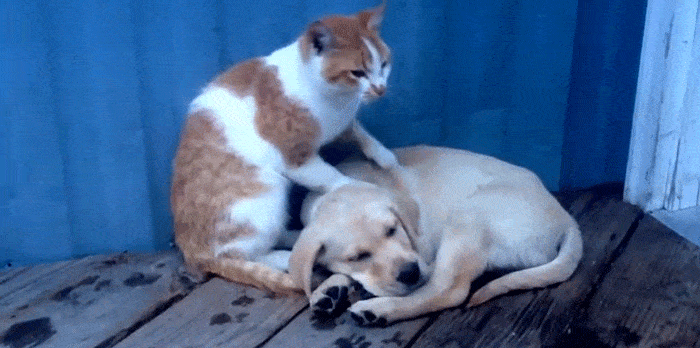
Win-win.
If you can’t go get a massage, a foam roller might help a lot too by providing a self-massage. Scope this video for a brief tutorial on how to get rolling:
#3) Ice Baths.
There’s decent evidence that a 10-15 minute cold bath can help in dealing with sore muscles.
Even water at a temperature of 50–59°F (10–15°C) can have some benefit.[9]
Now, unless you own a ray gun and have plans to take over Gotham, ice baths aren’t exactly a fun time.

However, on the flip side…
#4) Warm Baths.
Now we’re talking!
Heat, whether through a warm wrap or a hot bath, has been shown to help treat sore muscles.[10]
So the next time someone yells at you for hanging out in the bathtub too long, shout back “I’m treating my sore muscles so I can grow strong! Leave me be.”
That always works for me.
Now, let’s talk about avoiding severe DOMS altogether.
Can you prevent DOMS? (Next Steps)
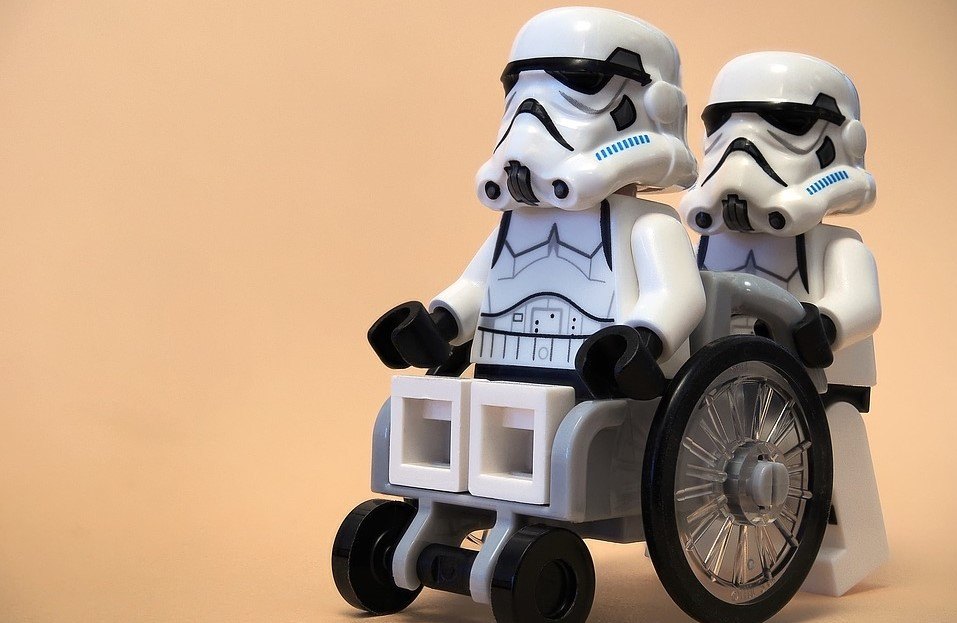
Outside of not working out (don’t do that), there’s no real way to prevent DOMS.
However, here are some best practices that might help lower your “ouch” level.
#1) Stay hydrated.
One study found that between two groups of men training outside in the heat, the group that drank water before, during, and after the exercise experienced less soreness than those who didn’t.[11]
Drinking plenty of water is good advice in general, so make sure you stay properly hydrated during your workout.
#2) Warm-up.
We always recommend Rebels spend about 5 minutes doing a dynamic warm-up prior to their training.
One of the reasons why: it might help prevent a little soreness after your workout.[12]
Here’s a quick warm-up sequence you can try:
#3) Cool-down.
A 2012 study found that light cycling after some intense leg exercises helped in easing DOMS, compared to the control group.[13] It might be worth spending a little bit of time in light movement immediately after strength training to help with soreness.
#4) Ease into it.
We mentioned earlier that DOMS and muscle soreness really hit those who aren’t used to training.
That’s why newbies should take it easy on their first day in the gym.
Bodyweight workouts might be a good first step too for those just starting their strength training journey, which you can scale to be easier at first, like doing knee push-ups:
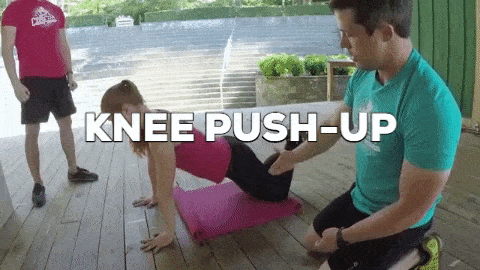
When initially building your own workout, don’t worry if it seems like you can do more. They’ll be plenty of time for that down the road. Just get comfortable engaging your muscles at first, then we can worry about revving up the intensity later.
If you want help building a workout, one that won’t leave you sprawled out on the floor incapacitated the first day, we got you covered.
Here are three ways we can help you:
Option #1) If you want a professional coach in your pocket, who can build a workout for your experience level, provide feedback, and adjust your training based on your progress, check out our 1-on-1 Online Coaching Program!
For example, let’s say you find yourself stuck indoors during a pandemic, and you want to start training with the equipment and furniture you have. That’s where an online coach is a game-changer!
Personally, I’ve been working with the same online coach since 2015 and it’s changed my life. You can learn more by clicking on the image below:
Option #2) Exercising at home and need a plan to follow? Have questions you need answered? Join Nerd Fitness Prime!
Nerd Fitness Prime is our premium membership program that contains at-home exercise routines, live-streamed workouts with NF Coaches, a supportive online community, group challenges, and much more!
Option #3) Become part of the Rebellion! We need good people like you in our community, the Nerd Fitness Rebellion.
Sign-up below and receive our free guide Strength Training 101: Everything You Need to Know. It includes step-by-step instructions on how to start weight training, even if you don’t have any equipment.
TL;DR:
- Don’t fear DOMS.
- Keep to your workout schedule.
- Use light activity and stretching to recover quicker and feel better.
What other questions do you have about our obnoxious friend DOMS?
-Steve
PS: If you want more, our Guide for Active Recovery will help you deal with muscle soreness on your “off days.”
###
photo source: Goku: No Pain, No gain, Injured Stormtrooper, Sorry but I really can´t see anything in your radiography, LEGO medics, Not all heroes wear capes,

